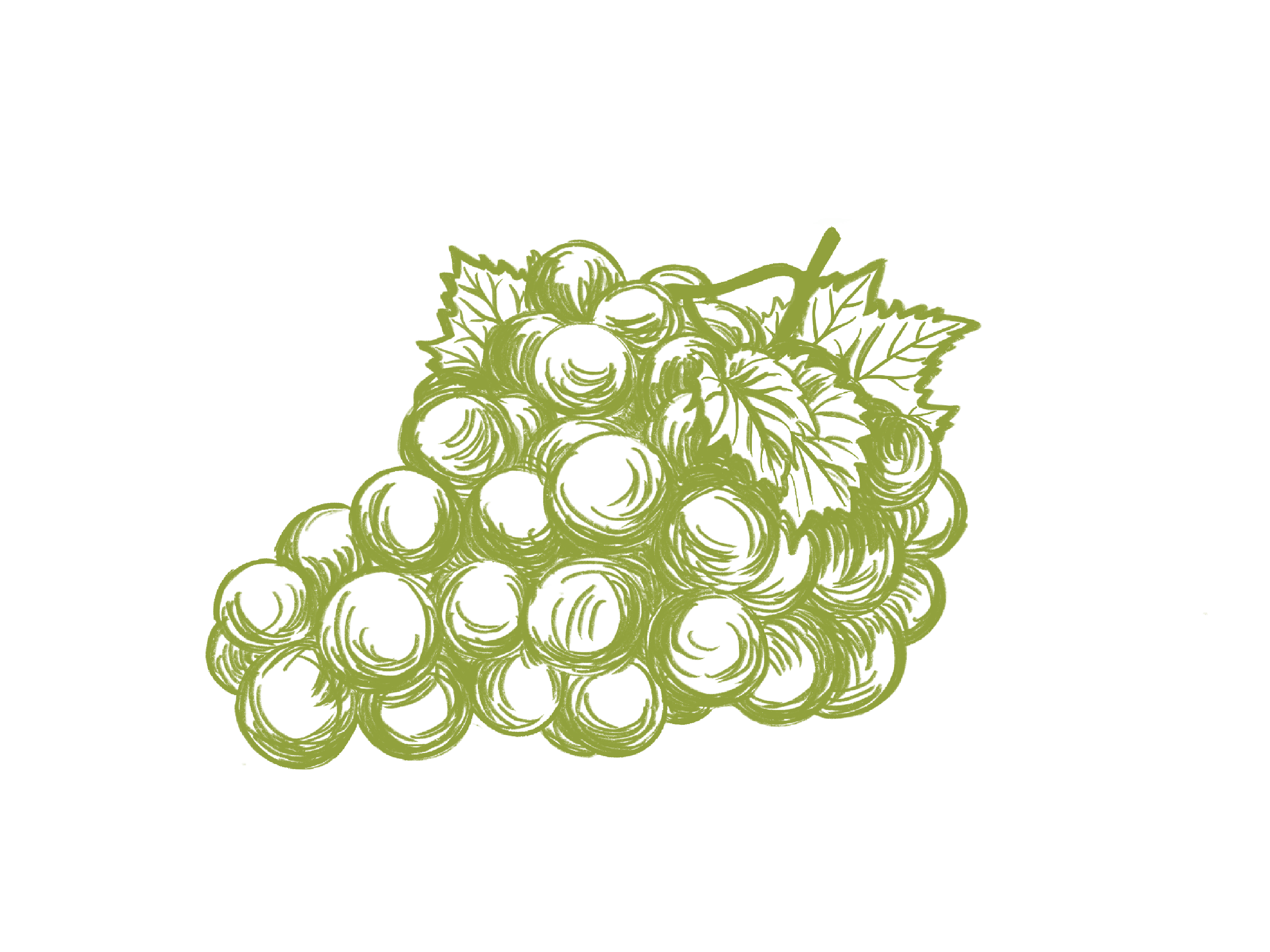
As BC reaches the end of another record-breaking fire season, vineyards throughout the Interior have felt the heat — and now, they’re tasting the smoke.
Wildfire smoke can permeate the flavour of grapes and emerge as an ashy “smoke taint” when the grape juice ferments, introducing a distasteful note in wine and threatening vineyards.
UBCO associate professor in chemistry Dr. Wesley Zandberg is investigating why smoke taint forms and how winemakers can head it off early.
As the climate warms and wildfires become more frequent and severe, wine taint is a growing issue for BC’s $3.75 billion wine industry. Zandberg is zooming in smaller though: How does smoke alter grapes on a chemical level?
Burning wood releases volatile phenols — aromatic compounds that create the smell we know as smoke. These phenols build up on grapes and seep inside the skins, where they bond to sugars and have their distinct aroma neutralized. Once the grape juice ferments to make wine though, the bonds between the sugars and phenols break, creating an indelible smokey taste.
These volatile phenols are not all bad, though.
“The oak barrels that we age wine in contain high concentrations of these phenols,” said Zandberg. "People like the phenols that start to dissolve into the wine from the oak.”
However, problems arise when levels of these phenolic compounds are too high and overwhelm the aroma of the wine rather than complimenting it.
Zandberg, an analytical chemist, got into wine research when the company that he was working for branched out into the wine market.
“They were interested in making a predictive test where we could test grapes before they were collected,” said Zandberg. The eventual goal was for these tests to predict the likelihood of producing a tainted wine from smoke-soaked grapes.
Testing for volatile phenols in the lab involves a small fermentation, recreating the process of yeast metabolizing the sugar molecules from the phenolic molecules, and then running the sample through gas chromatography-mass spectrometry.
This process separates gases by boiling point and molecular weight, with each type of molecule having a unique “fingerprint” and allows researchers to quantify volatile phenols in a certain batch.
Lab tests are incredibly sensitive but wine taint comes down to a sensory assessment — which can be subjective.
After testing a wine on store shelves that was found to contain high levels of volatile phenols, Zandberg’s students “happily drank the rest of the bottle after they tested it.” In other words, detecting a wine as tainted is also dictated by personal tastes.
Wineries already have and are continuously developing strategies to deal with wine taint. Since grape skins trap a large amount of volatile phenols, removing the skins and producing a white or a rose has been successful. Some wineries are using reverse osmosis to separate the volatile phenols out of wines, although this is a very slow process.
Looking forward, Zandberg’s research is honing in on ways to protect crops from volatile phenols, like looking at how grape cuticular wax protects grapes from heat waves.
“If you can somehow protect crops out in the field, then all of the testing and whatnot and mitigation is less of an important thing,” said Zandberg. “An ounce of prevention is worth a pound of cure.”


